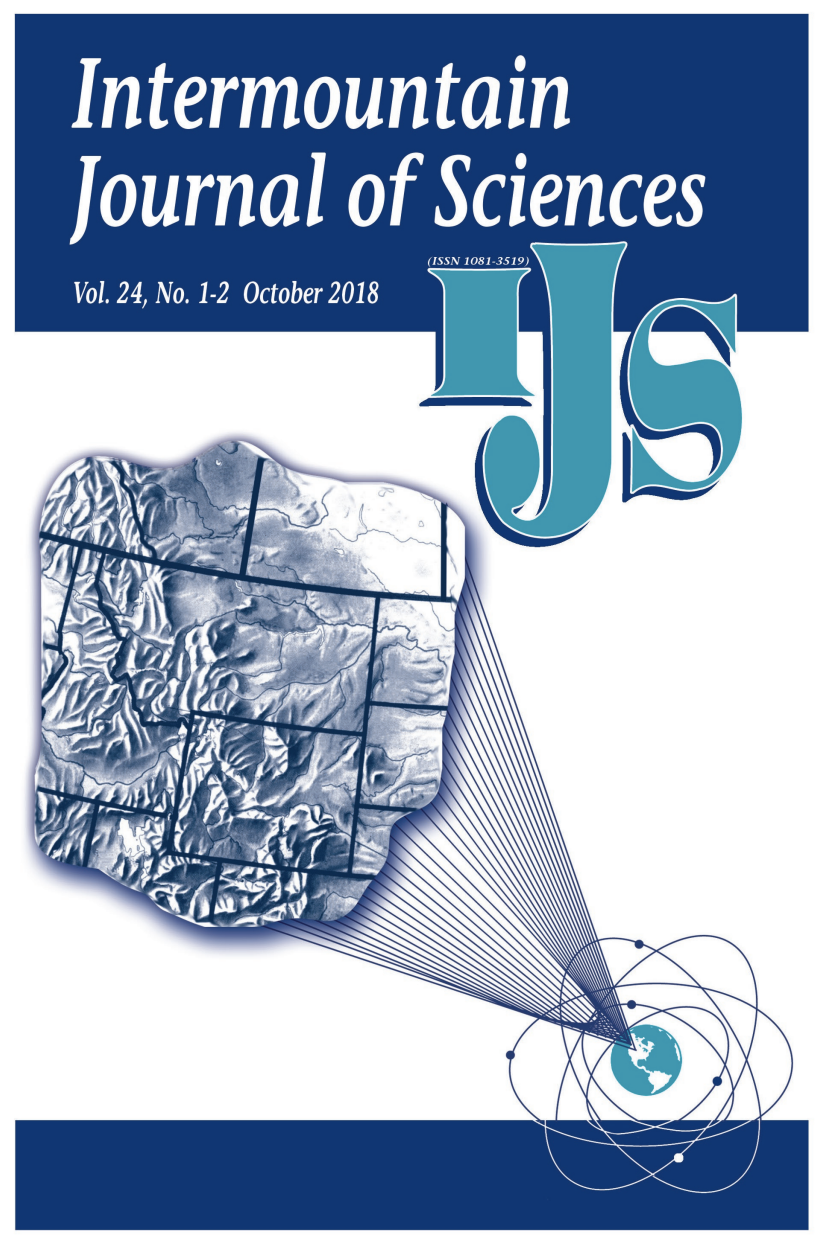Model for Classifying and Monitoring Seral Stages within an Idaho Fescue Type: Bighorn National Forest, WY
Keywords:
Idaho Fescue, plant succession, seral, diversity, canopy cover, management, livestock, grazing, wildlife, Bighorn National Forest, WyomingAbstract
An ecological vegetation model was developed in sedimentary soils on the Bighorn National Forest, Wyoming to classify seral stages within an Idaho Fescue (Festuca idahoensis) type. Two key plant species based on canopy cover (%), Idaho fescue and rosy pussytoes (Antennaria rosea), provide the required information for the model to classify seral stages and monitor vegetation trends. Three seral stages were quantitatively identified by multivariate statistical analyses for classification and had an overall accuracy of 98 percent. All three seral stages were significantly different from each other (P < 0.05). These seral stages provide managers three quantitative options to evaluate alternatives and meet management objectives. Application of this model within the Idaho Fescue ecological type is simple to apply, repeatable, accurate, and cost effective for field applications and management.

